Once upon a time NVIDIA made plays to try and get into any smartphone or tablet they could. With stiff competition from Qualcomm and other chipset vendors, they’ve found that task to be very difficult. They credit their hard hurdles to MediaTek even more, because MediaTek’s value-positioned platform wins out for many mid-level or small OEMs.
So NVIDIA’s calling it quits… somewhat. In a recent interview, NVIDIA CEO Jen-Hsun Huang talked about their struggles in the market so far and what they’re doing to adapt. For starters, he says they realize that competing for the “mainstream” smartphone and tablet market is no longer a desire for them.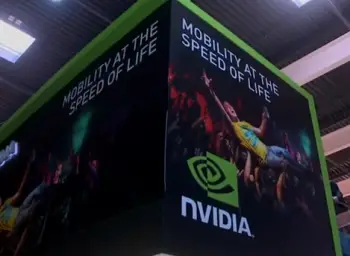
“Mainstream’ could mean a lot of different things, but it sounds like he’s talking about every other chipset vendor’s need to hit every price point there is. He doesn’t want the Tegra brand to conform to something they don’t want it to be — their belief is that Tegra is a powerful line, and they don’t want to sacrifice that standard of power for the sake of creating more cost-efficient chipsets.
That doesn’t mean NVIDIA will be bowing out as fast as Texas Instruments did way back when, though. The company says they will get in where they fit in when it comes to tablets and smartphones, and will sort of roll with the punches.
Their main focus for Tegra is to power unique experiences, such as gaming handhelds, in-car entertainment and smart televisions and set-top boxes. They want consumers to think of Tegra as a supercar in a sea of affordable sedans, and there’s absolutely nothing wrong with that. I, for one, applaud NVIDIA for being able to look at the market objectively and work through their struggles to find solid ground and even footing.
NVIDIA’s CEO also discussed the hobbled start of Tegra 4i, the future of SHIELD and future chipsets. The full interview is at the source link if you’re interested.
[via CNET]

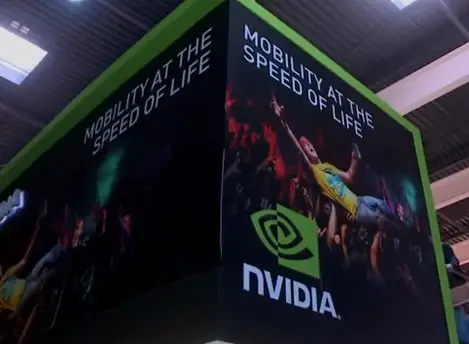



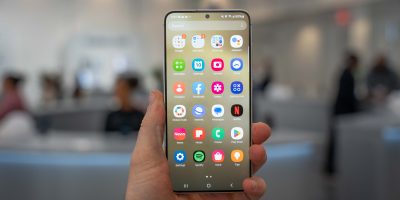
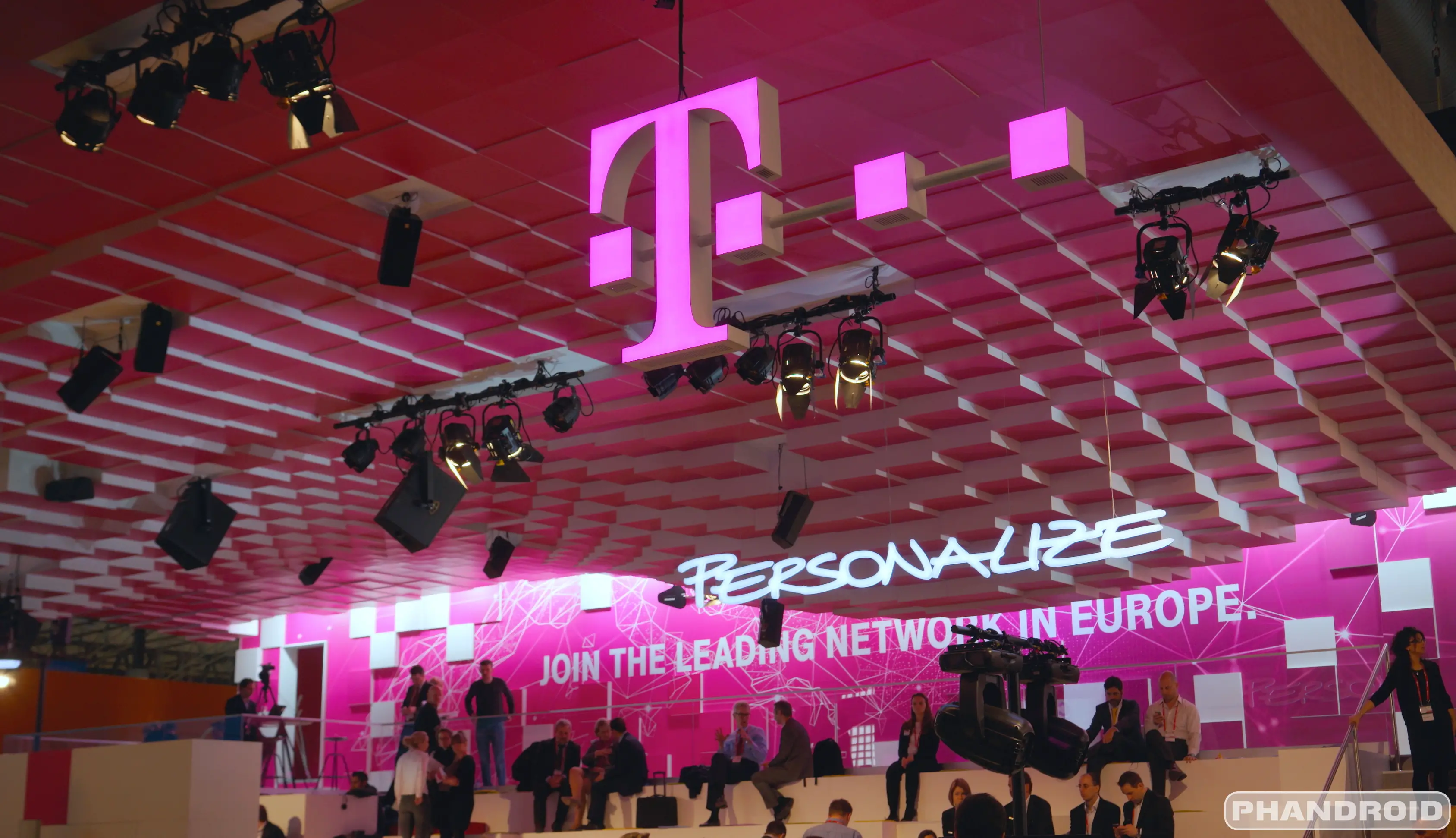
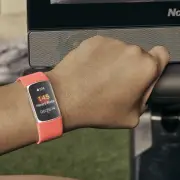
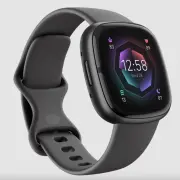


Of course they don’t focus on smartphones and tablets, they can’t compete. What was he supposed to say.
Tegra K1 performance is ahead of Snapdragon 800/801 and maybe even Snapdragon 805 as well.
I wouldn’t count them out.
Um, I would. They just counted themselves out.
And the previous Terga chips always appeared better, but never delivered once they got into devices.
They usually looked better because they were released in between generations from Samsung and Qualcomm… once the next Exynos or Snapdragon chip came out, it pretty well spanked the previous Tegra on CPU and humiliated it on GPU.
Generally true, but NV has been upping their game. This time around, the Tegra 4 (last year’s chip) is better on compute than the upcoming s805. And the TK1 is around 25% faster than the s805 based on published geekbench scores.
NV have also improved CPU efficiency thanks to a better process, experience, and the r3p3 a15 cores. Nv claims the TK1 is up to 45% more power efficient than the T4. I have observed on the Jetson TK1 board that CPU intensive tasks rarely exceed 2w for APU and RAM. This board is not optimized for mobile.
At best, the 805 might match the raw graphics capability of the TK1 when its drivers are improved (in GFXBench they are currently about 25% behind). The Adreno drivers are notoriously bad, and are at least a generation behind NV (OGL 3.1es vs. 4.4). Also, by the time QC releases “fixed” drivers, NV might release their own updates to improve performance. I observed <3W average GPU draw for intense 1080p OGL gaming (Xonotic), with an average of 4.7W for APU + RAM on the Jetson TK1 board. Again, this board is not optimized for mobile.
Unreal Engine and Source engine have been ported to the TK1. Given the state of Adreno drivers, it might take a while for Snapdragon to get the same love. In summary, TK1s strengths should play well into NVs high performance strategy. And it doesn't look like anything is going to eclipse it soon.
they did not. if nvidia really did they will stop making tegra altogether. nvidia tegra is never about smartphone or tablet only. their automotive effort has been there since the early days of tegra. right now qualcomm also interested to enter automotive industry most likely because they see nvidia able to do well in that segment. and with their latest gpu architecture used in terga they can bring in their CUDA ecosystem to tegra and open new market opportunity that is not possible with previous tegra.
They don’t want to release drivers and they don’t want to integrate lte into their chips. I had a Tegra 3 device and they really hosed developers which in turn made my device very short lived.
They sucked at it. I gave two different Tegras a chance and both bit me. They were outdated the day they hit the market. Maybe they were built for specs or benchmarks but they never worked the same in the real world. I could say the same about Samsung’s Exenos chips.
Instead of thinking of it as a “we just want to make a powerful chip” its “we want to move to markets where nobody is competing, so you dont realize our chips arent that great.”
Instead the most effective mobile device I have sitting next to me got a slightly outdated Qualcomm chip when it launched, has already been replaced by a successor and yet still runs pace with the new Samsungs/HTCs I have tried.
To be fair every chip is soon to be outdated the minute it hits the market.
Not outdated, as they function well. A newer specification might come along but the issue was the NVidia ones were bad from the beginning. They looked great on paper and bench-marked well but never seemed to actually work.
*cough* G2x *cough*
I got burned on the ViewSonic GTab back in 2011 before getting burned again by the Droid X2 I paid full retail for later in 2011. And let’s not forget about the first wave of Honeycomb tablets that were Tegra2-based and underdelivered and were undersupported. The Nexus 7 2012 finally got to be a decent performer once TRIM was introduced in 4.3 (more of an Asus issue than an Nvidia one but still enough that I vowed to stay away from Nvidia SoCs).
The Shield runs nicely …but it has a heat-sink and fan :/
That’s cool Nvidia, Qualcomm and others pretty much have that market on lock. I was a little tired of all the hype and nothing to back it up.
The latest Tegra K1 performance is very impressive, a lot better than Snapdragon 800/801 when it comes to graphics performances, perhaps even better than Snapdragon 805.
They just haven’t been able to get it to market fast enough, doesn’t help that the market is saturated with Snapdragon 800/801 devices now which all have very similar performance.
It’s a shame because Tegra K1 is a great SoC.
Maybe they should just adopt the same approach as ARM and PowerVR when it comes to the mobile market and stop manufacturing SoC’s, at least their technology could find it into the latest devices.
Imagine a deal with Samsung, nvidia’s GPU architecture in the Exynos SoC, that would be awesome.
Any performance shortcomings that the Qualcomm SoCs may have are mitigated by their superb RapidCharge technology. Once you get a taste of being able to top your phone off during a lunch break it’s really hard to go back to anything else (Nexus 10 owner here!)
So you have experience charging K1 powered mobile devices? how does it compare?
they did put their mobile kepler for license. but so far i see no one interested with it. performance wise TK1 will be impressive on graphic side. the only real challenger for TK1 in gpu maybe IMG Power VR gpu. if qualcomm claims that adreno 430 inside snadragon 810 will be 30% faster than adreno 420 (or 82% faster than 330) is true then it will not going to beat TK1. of course this is not final and qualcomm can improve 430 design better to compete equally with TK1 but by the time 430 arrive next year they will have to compete with nvidia maxwell based tegra.
Maybe if they open sourced their chip, things would be different
I’m still miffed about all those games I bought for the HTC One X+ that aren’t compatible with any of my devices anymore.
That’s why it’s important to never invest in an exclusive product/ service
Well actually it was an insurance replacement from Asurion because they were out of the original One X.
I know what you mean, I’ve got a least 20 Tegra games I can not play anymore because of my new phone.
The Tegra was not in many devices anyways. Tegra’s games were also very limited to a specific audience. No wonder why it’s struggling.